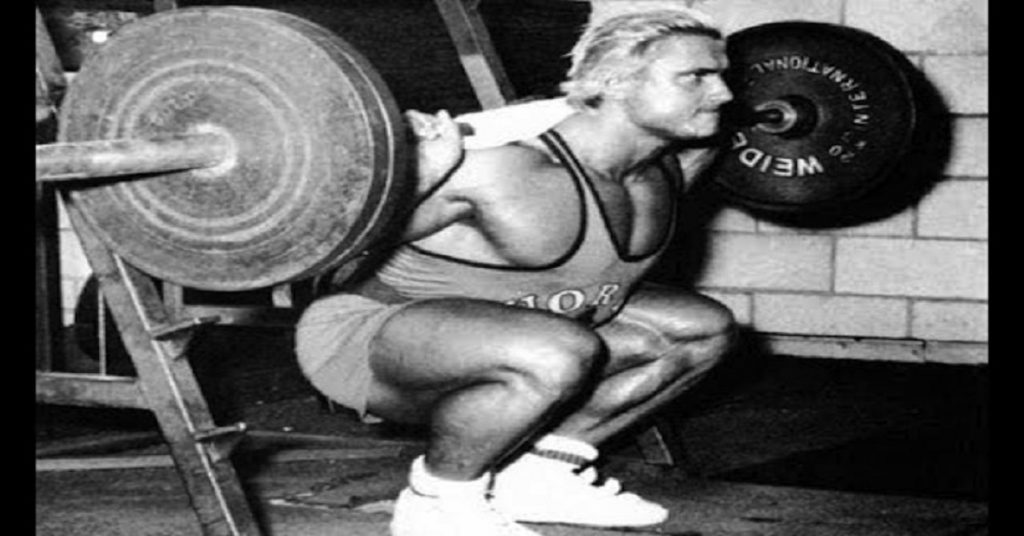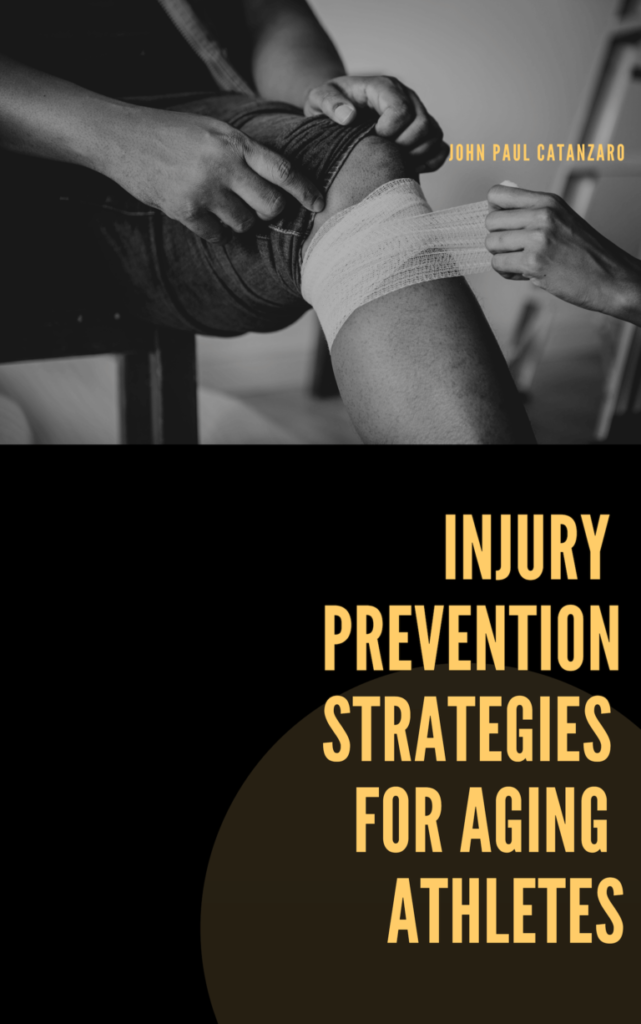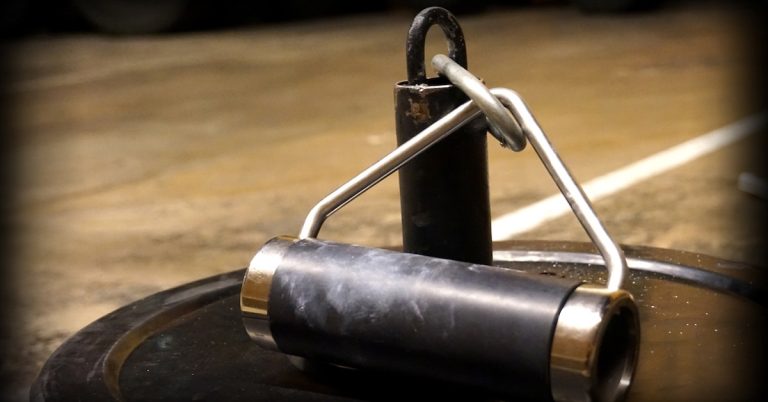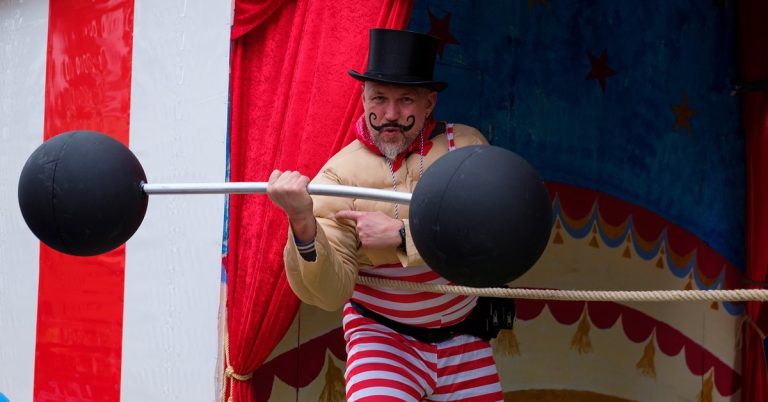In strength training, it’s wise to work up to a peak load over a number of workouts, and then drop down a bit at the end before starting a new program. Although it’s useful to deload at the end of a routine to prepare (or more appropriately, “repair”) the body for the next program to follow, it may not be in your best interest to lower the intensity in the midst of a routine when you’ve built up to a certain level of strength. Lowering the weight prematurely will only serve to confuse the body and cause you to lose the gains you worked so hard to make.
“Don’t drop down only to go back up again” is the philosophy advocated by successful coaches like Charlie Francis, Al Vermeil, and Charles Poliquin to name a few. A better choice would be to deset rather than deload when the body reaches a certain level of strength and a reduction in workload is required for one reason or another. In other words, reduce the volume, not the intensity when necessary. Here’s how to do it.
I’m Just Not In The Mood
There’ll be times when you walk into the gym and the last thing you want to do is lift weights. You need to be receptive to these signals. Mood is an important factor that should not be overlooked and can determine the quality of a workout likely better than any other variable.
You know when you’re in the mood, but there may be times when your body is ready to go even though your mind says “No!”
So what do you do?
Well, you still need to work to make a living, right? On this day, however, you’ll work less! Punch the clock, put in just enough time to get the job done, and then go home early. Don’t skimp on the quality of work

When To Call An Audible
You need to read the signs your body gives you in the gym just like you read your mind. It all depends on your performance. The day will dictate what you accomplish, not your training log. So your program may outline the workout you’re going to do that session, but it may not necessarily happen that way, at least not the way you had originally intended.
You may have the best program design in the world with all the parameters tightly regulated and your session plan in place, but it’s what you actually do in the gym that counts, not what you plan to do on paper. In other words, you can’t follow rigid parameters all the time. You must be malleable with your training. Yes, you should have a plan in place, but you need to know when to call an audible. Here’s an example:
Let’s say you just completed a workout where you performed 5 sets of 5 reps with 315 pounds on the back squat. Now, since you were able to get 5 reps out on all 5 sets, it indicates that you weren’t truly using a maximum load. There was a bit in reserve or you would have likely dropped a rep or two by the end. Over the years you’ve learned the hard way that slow and steady wins the race, so the next workout you plan to do 5 sets of 5 with 320 pounds. That’s just a tiny 2½-pound plate a side. It should be doable for the first set at least.
Okay, you get to the gym and do your first set of 5 reps, no problem. After giving yourself a sufficient amount of rest, you go to do your second set. Again, you knock off 5 reps. This set took a bit of effort though, but it was doable. After a few minutes of rest, you go to do your third set. You manage 5 reps again, but the last one was tough. It went up slowly and your legs were shaking the whole way. You rack the bar, fuel up with some branched-chain amino acids, and take an extra minute of rest this time.
You get under the bar to do your fourth set and just unracking it feels like lifting a house. You know this set is going to be a bitch! You step back, get yourself set, and start your descent. You reach the bottom and go to explode out of the hole, and although the intent to move fast is there, the actual speed is more like molasses, but you make it to the top. So you regroup, put yourself in that “Platz” state of mind and go for another one. This time it takes every ounce of muscle you’ve got to get that sucker up. You know better than to try to attempt another one, so you decide to rack it before you get stapled to the ground.

The decision you make at this point will determine whether you go forward or backward in your training. If you decide to push on and do a fifth set albeit with a lighter weight, you’ll make greater inroads into your recovery ability and you’ll come back weaker the next workout. If, however, you listen to the message your body is giving you and terminate that exercise and move on to the next one – even though your training program states that you should do one more set – you’ll make progress and come back stronger the next workout.
That’s what training is all about. It’s about progression, coming back stronger, not just exercising and doing needless sets and reps just for the sake of doing them. It’s about having an intelligent plan and then carrying that plan out in an intelligent manner. So be smart!
Go Stronger Or Go Home
Let’s back up for a second. Using the same scenario as above, what should you do if you only accomplish 2 reps on the first set instead of the 5 reps that you were planning to do? The answer is simple: Go home! You’re not ready to train yet. You’ll need at least an extra day to recover. Don’t move on to the next exercise. That would be a mistake. Just pack up your stuff and leave the gym.
Instead of working out, you need to “work in!” You’d probably be better off taking a nap than trying to strain under a heavy bar at that point. To facilitate the recovery process, incorporate some restoration methods like contrast showers, salt baths, stretching, electronic muscle stimulation, massage, and so on. Do one or more of those methods and of course get plenty of sleep, but don’t train. You’ll come back stronger the following day.

The Neck Rule
Under periods of high stress or sickness, the same rule should apply: that is, reduce the volume of training, not the intensity (although in extreme cases training should be avoided altogether).
Here’s an interesting “stress is like water flowing into a bathtub” analogy that I picked up years ago from fellow strength and conditioning coach Alwyn Cosgrove:
Your body can’t differentiate between stressors. Stress is like water from hundreds of taps flowing into a bathtub. Financial stress, relationships, health, and training stress are all different taps. When all the other taps are flowing full blast, turn down the training tap a little bit so your tub doesn’t overflow.
And how do you turn the training tap down a bit?
By doing fewer sets!
When sickness occurs, training is permitted if the symptoms are felt above the neck (e.g., a runny nose, stuffiness, sneezing, a sore throat, and/or a headache). In this case, use the same loads that you were planning to use, but reduce the number of sets. Again using the example above, squat with 320 pounds but only do 2 or 3 sets of 5 reps. Even just one set with that weight will be enough to maintain strength during this period.
However, if any symptoms are felt below the neck (e.g., chest congestion, bronchial infection, fever, intense coughing, vomiting, diarrhea, and/or extreme body ache), it’s a good idea to skip training for that day.
When it comes to strength training it’s true that “if you fail to plan, you plan to fail,” but it’s not good to follow a plan too closely all the time. Keep the quality of training high, but reduce the quantity if necessary. Do fewer sets when you’re mentally or physically not up to it, and keep making progress in the gym.

Injury Prevention Strategies for Aging Athletes
Discover unique and novel strategies that aging athletes can use to prevent injuries in this 60-minute webinar. An ounce of prevention is worth a pound of cure! Consider this webinar as a small investment in time that may prevent a career-ending injury. A must-see for any athlete over the age of 27.

The Periodization Blueprint for Chin-Ups and Pull-Ups
Exciting news! Just got my hands on Swissies45, and they’ve transformed my chin-up game. No more draping an EZ-Curl bar

Unleash Your Grip Strength: Elevate Your Performance with IronMind Implements
Are you ready to take your grip strength to the next level? Look no further than IronMind implements. These versatile

The 3/7 Method for Size and Strength
A new strength training protocol has surfaced that will help you maximize strength gains with less training time and effort.
follow
Error: No feed with the ID 2 found.
Please go to the Instagram Feed settings page to create a feed.
